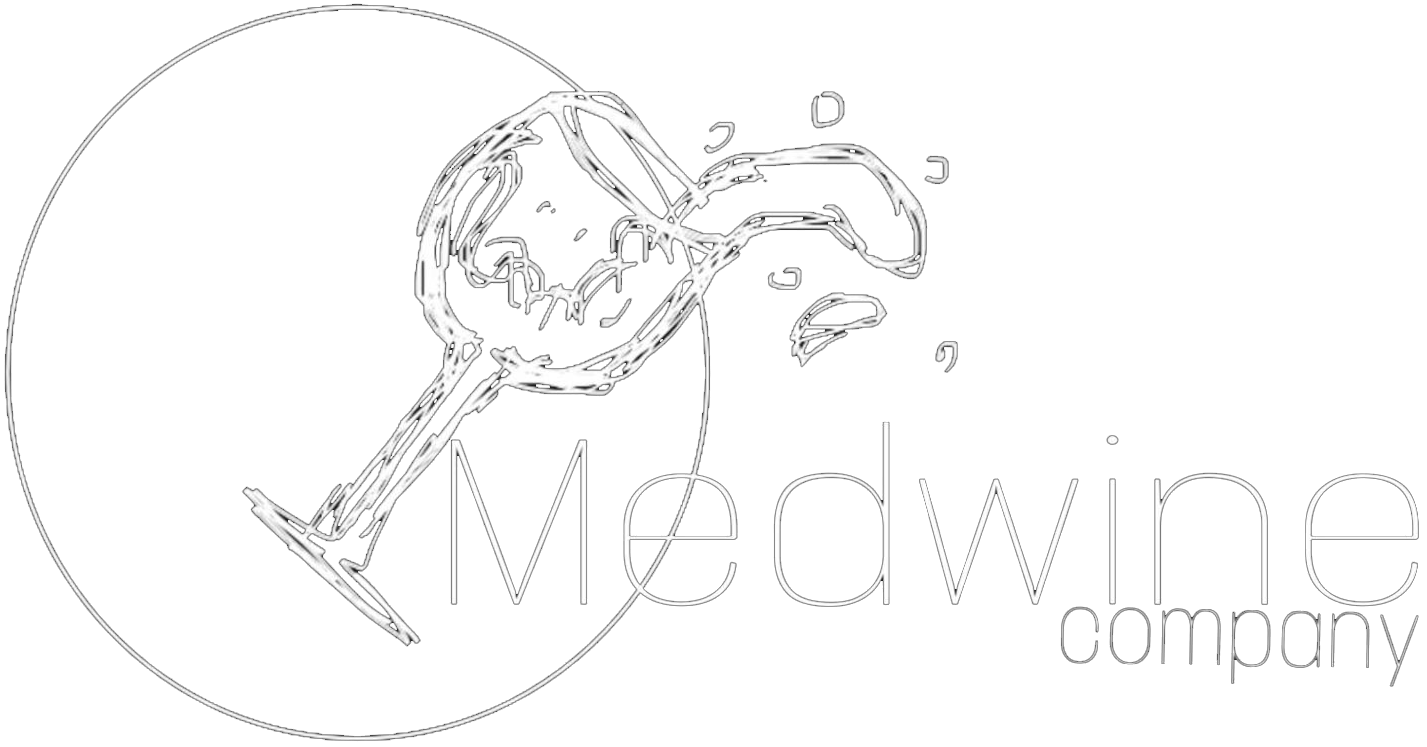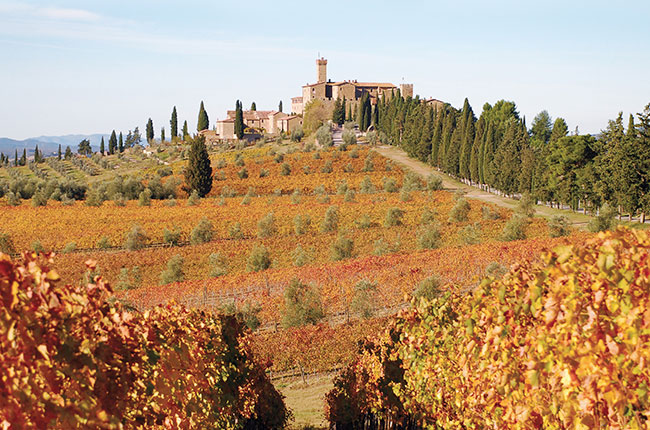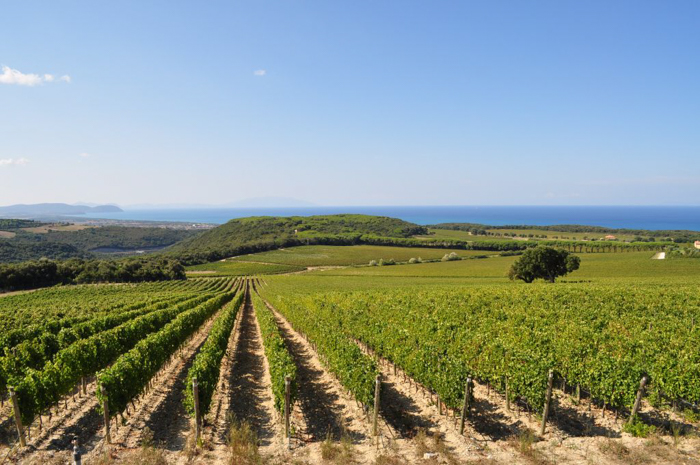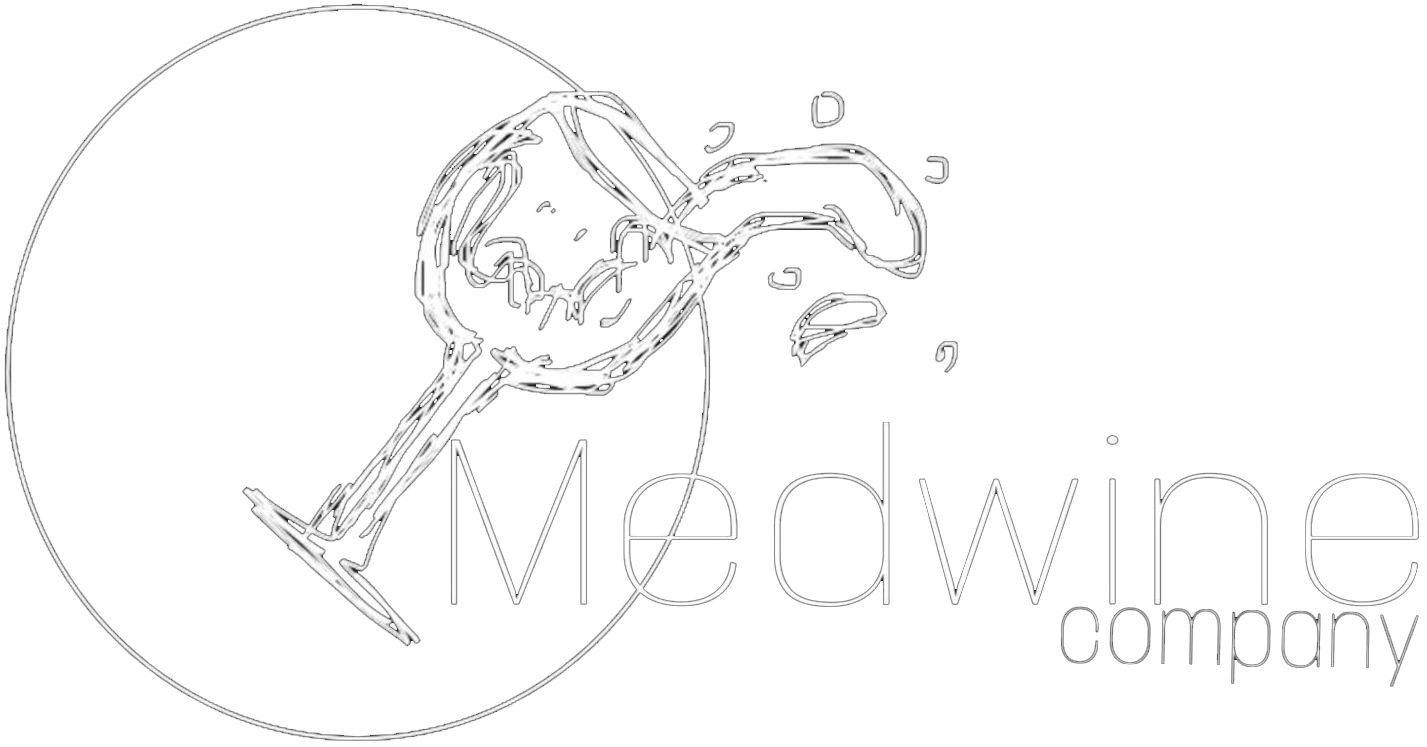Tuscany, with its rolling landscapes and profound cultural heritage, harbors two wine-producing regions that have redefined Italian viticulture: Montalcino and Bolgheri. While Montalcino celebrates the legacy of Brunello, Bolgheri champions newer, yet internationally acclaimed red blends. Together, these regions weave a tale of history, topography, terroir, culinary traditions, and, undeniably, world-class wines.
Tuscany, with its rolling landscapes and profound cultural heritage, harbors two wine-producing regions that have redefined Italian viticulture: Montalcino and Bolgheri. While Montalcino celebrates the legacy of Brunello, Bolgheri champions newer, yet internationally acclaimed red blends. Together, these regions weave a tale of history, topography, terroir, culinary traditions, and, undeniably, world-class wines.
HISTORY
Montalcino: Montalcino’s history dates back to the Etruscan period, but its true significance burgeoned during the Middle Ages. It became a major religious and commercial hub. Despite the various sieges and territorial disputes, Montalcino retained its integrity and began to be recognized for its vineyards by the Renaissance era.
Bolgheri: Unlike Montalcino’s ancient viticultural history, Bolgheri’s wine story began relatively recently. However, in a short span, the region has acquired a legendary status due to the “Super Tuscan” revolution in the late 20th century. This movement defied traditional wine regulations, creating Bordeaux-style blends that skyrocketed in global prestige.
GEOGRAPHY
Montalcino: Situated in the southern part of Tuscany, Montalcino boasts of hilltops that provide an expansive view of the Asso, Ombrone, and Orcia valleys. The region’s elevation and its varied expositions make it ideal for viticulture.
Bolgheri: Located on the Tuscan coast, Bolgheri’s geography is shaped by flat plains leading up to the Tyrrhenian Sea. This proximity to the sea provides a maritime influence, giving the region a unique microclimate within Tuscany.
GEOLOGY
Montalcino: The soils of Montalcino are diverse, largely composed of limestone, clay, schist, and volcanic soil. These components, coupled with the region’s climate, contribute to the unique character of Brunello di Montalcino.
Bolgheri: Bolgheri’s terroir is a blend of silt, sand, clay, and gravel. The well-drained soils, combined with maritime breezes, provide the perfect setting for Bordeaux varietals, notably Cabernet Sauvignon and Merlot.
FOOD
Montalcino: The cuisine of Montalcino emphasizes rustic simplicity and rich flavors. Pappa al pomodoro (tomato and bread soup) and Cinta Senese pork are staples. The region’s pecorino cheese, olive oil, and honey are also celebrated culinary highlights.
Bolgheri: Bolgheri’s proximity to the coast means seafood dominates its culinary landscape. Dishes such as cacciucco (a spicy fish stew) exemplify the region’s gastronomy. However, the traditional Tuscan love for cured meats, cheeses, and olive oil remains ever-present.
WINE
Montalcino: Montalcino’s pride, Brunello di Montalcino, is crafted from the Sangiovese grape. These wines are known for their longevity, deep flavors, and aromatic complexity. Rosso di Montalcino offers a more approachable, youthful alternative.
Bolgheri: Bolgheri championed the Super Tuscans, with wines such as Sassicaia and Ornellaia. Made primarily from Bordeaux varietals, these wines are opulent, structured, and have achieved iconic status in the wine world.
WINERIES





